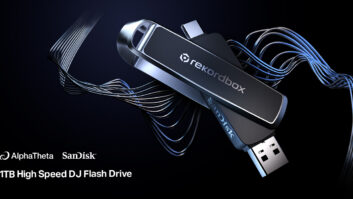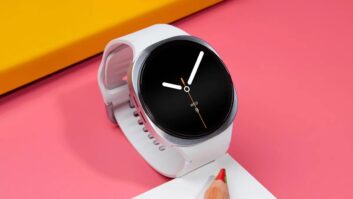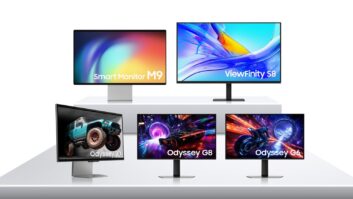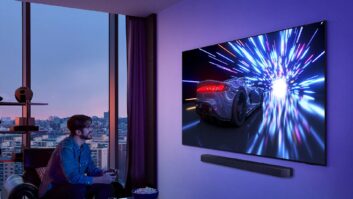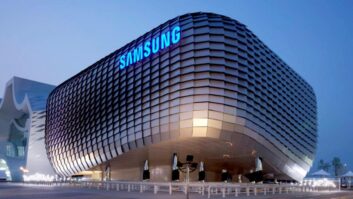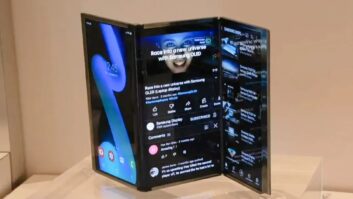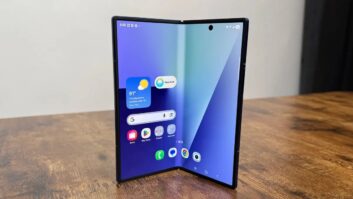Samsung Semiconductor will begin production of its NAND flash-equipped hybrid hard drive for notebook computers during the fourth quarter.
Samsung’s hybrid hard drive was developed to take advantage of the company’s memory and hard-drive businesses by combining the two; this will create both a new hard drive category and generate a need for more flash memory from other hard-drive makers that the company hopes will adopt the technology.
By placing 128MB or 256MB of NAND flash on the hybrid drive to act as a cache, Samsung said it is able to increase battery life, allow for faster booting and reduce wear and tear on the notebook’s hard drive. Don Barnetson, Samsung’s flash memory director, said the cache is used to hold data and applications in use, allowing the drive itself to shut down. Because NAND is non-volatile, the information is not lost when the computer is shut down, enabling it to be ready for use when the computer is rebooted.
“The hybrid drive cuts boot/resume time by 50 percent and cuts hard-drive run time to 1 percent of normal,” Barnetson said.
Samsung has not set a price for the drive, but the additional cost of the on board memory is expected to be minimal, the company said. An after-market upgrade kit for the drive is also on the road map.
By shutting down the drive a notebook’s battery life should be extended by 10 percent.
“Normally a computer writes 64MB of data to the hard drive every 10 minutes. Here it is stored in the memory, and then the drive turns on once every 10 minutes to flush the cache, and then it turns off,” he said.
Barnetson thinks enabling a long hard-drive life will result in much lower customer service costs for notebook vendors. Since hard-drive failure is usually the primary reason for a notebook to need servicing, users will end up saving on new hardware, repair and shipping costs.
Another feature of the hybrid hard drive, developed by Microsoft, is called SuperFetch. This application studies how the computer is used and then intelligently picks out which programs are used and when, and then places them into the NAND flash for faster access. Barnetson said it will alter what is cached depending upon the day; for example, if the person uses different programs during the work week than on the weekend, it will adjust what it caches accordingly. This will allow programs to load three to four times faster, saving the average user 15 minutes per day in time normally used waiting for a program to open.
The hybrid hard drive’s technology will be open to all vendors, and Samsung expects third-party versions to follow about three months after Samsung begins shipping its version. Barnetson said the company did not want to charge a licensing fee, but would rather make its profit by selling the other hard-drive vendors memory.
The hybrid hard drive has also opened doors for Samsung to start supplying drives to PC manufacturers, a market the company has not been able to break into in the United States. Barnetson said Samsung is in talks with computer vendors, but would not say when or if its drives would be used.




